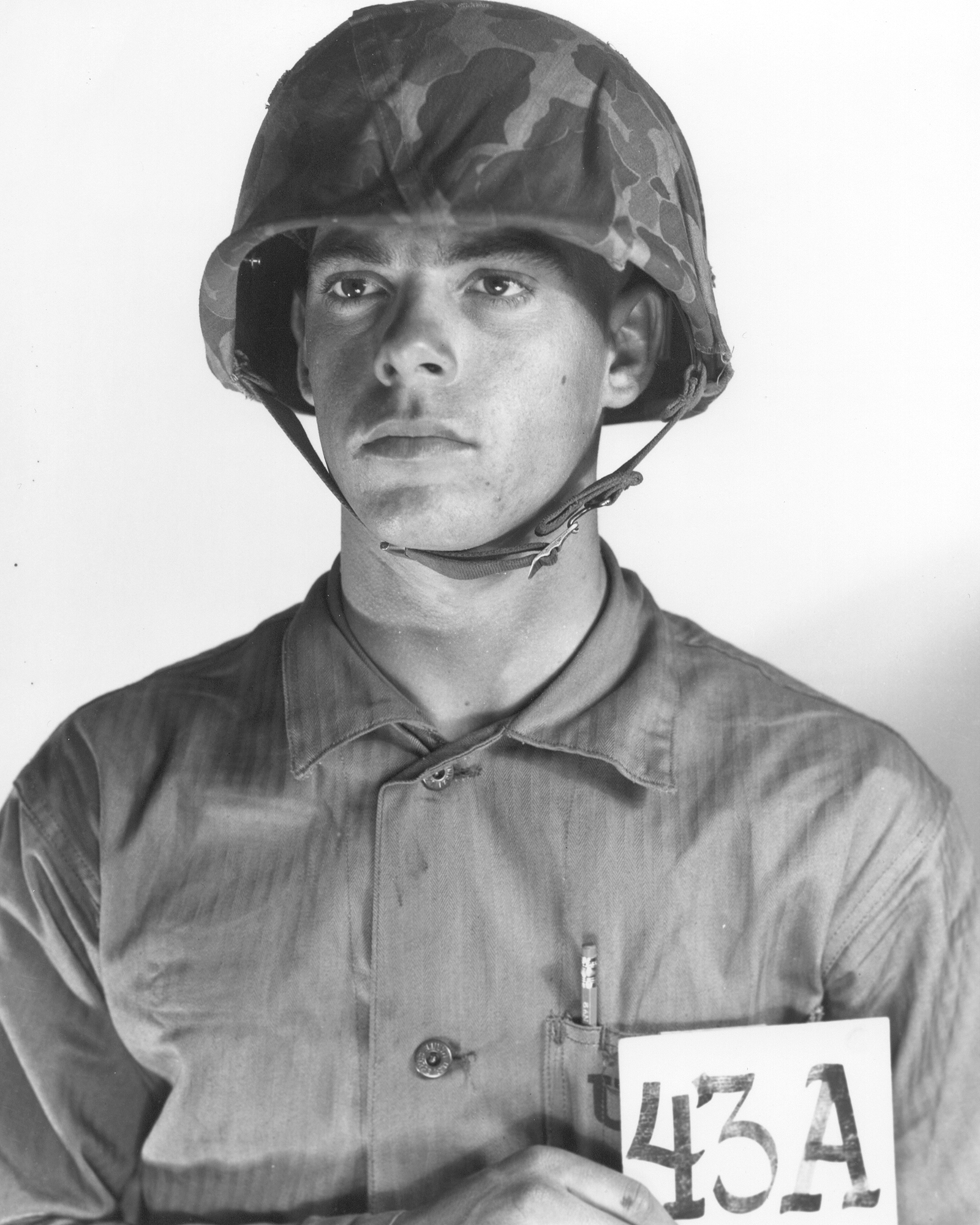The Minutemen, integral to the American Revolutionary War, were civilian colonists who independently organized to form well-regulated militia companies self-trained in weaponry, tactics, and military tactics. Their name derived from their ability to be ready for battle at a minute's notice, and the equipment they carried reflected this readiness and the dual nature of their lives as both farmers and fighters. If you thought your kit was difficult, look into the typical gear and armaments that these Minutemen would have carried as they prepared to face regular forces.
Personal Firearms and Ammunition
One of the most important pieces of equipment for a Minuteman was his personal firearm, typically a musket or a rifle. Muskets, with their smoothbore barrels, were less accurate than rifles but could be loaded and fired more quickly, making them more practical for the types of skirmishes common in the Revolutionary War. Those who could afford rifles, however, benefited from their greater accuracy over longer distances. Alongside the primary weapon, a Minuteman carried a powder horn filled with gunpowder and a pouch containing lead balls that served as projectiles. Lead was easy to come by and has a low enough melting point to allow a soldier to make more if they had a mold and open flame. This setup allowed them to reload quickly, a crucial ability in the heat of battle.
Bayonets and Edged Weapons
While firearms were essential, close combat weapons such as bayonets, swords, and knives were also used to end lives. A bayonet turned a firearm into a heavy spear-like weapon, useful in close combat and for charging enemy lines. Swords were less common but were carried by some who could afford them or had military backgrounds. Knives were ubiquitous, serving both as tools and as weapons, essential for daily chores and for use in battle. This tradition remains to some degree, as fighting knives are often used to open MREs.
Clothing and Personal Items
The Minutemen did not have standard uniforms like the regular army. Instead, they wore their everyday colonial attire, which typically included a tricorn hat, a linen shirt, a waistcoat, and breeches tucked into stockings. They also wore shoes or boots and carried a blanket roll containing extra clothing and items necessary for overnight stays, such as socks, mittens, and a sewing kit. This lack of a uniform also allowed them to blend into the civilian population when not engaged in military activities, an advantage in guerrilla warfare.
Packs and Provisions
Each Minuteman carried a knapsack or bag made of canvas or leather, which contained personal items and provisions. This pack would typically include a day's worth of food—usually hard biscuits called hardtack, dried meat, and occasionally dried fruit or vegetables if available. They also carried a canteen or bottle for water. This equipment was necessary for sustaining them through long marches or during periods of engagement when supply lines might be cut off.
Tools and Camping Equipment
To maintain their equipment and set up camp, Minutemen carried various tools. A common item was a tomahawk or small axe, which could be used for chopping wood for fires or clearing brush for campsites. They also carried flint and steel for starting fires and simple cooking utensils, which could include a mess kit or a small pot, allowing them to cook their rations. An ammunition mold, grindstone, and wax for waterproofing could also be carried, if the Minuteman could afford them. With all that weight, MREs look better all the time.
The equipment carried by the Minutemen was a reflection of their civilian origins and their need to be ready for battle quickly. Each item was chosen for its utility and effectiveness in supporting both their daily lives and their roles as citizen-soldiers, making them America’s first asymmetrical warfare specialists. This gear enabled them to mobilize rapidly, sustain themselves independently, and fight effectively, key factors that contributed to their legendary status in American history.



%201.svg)









